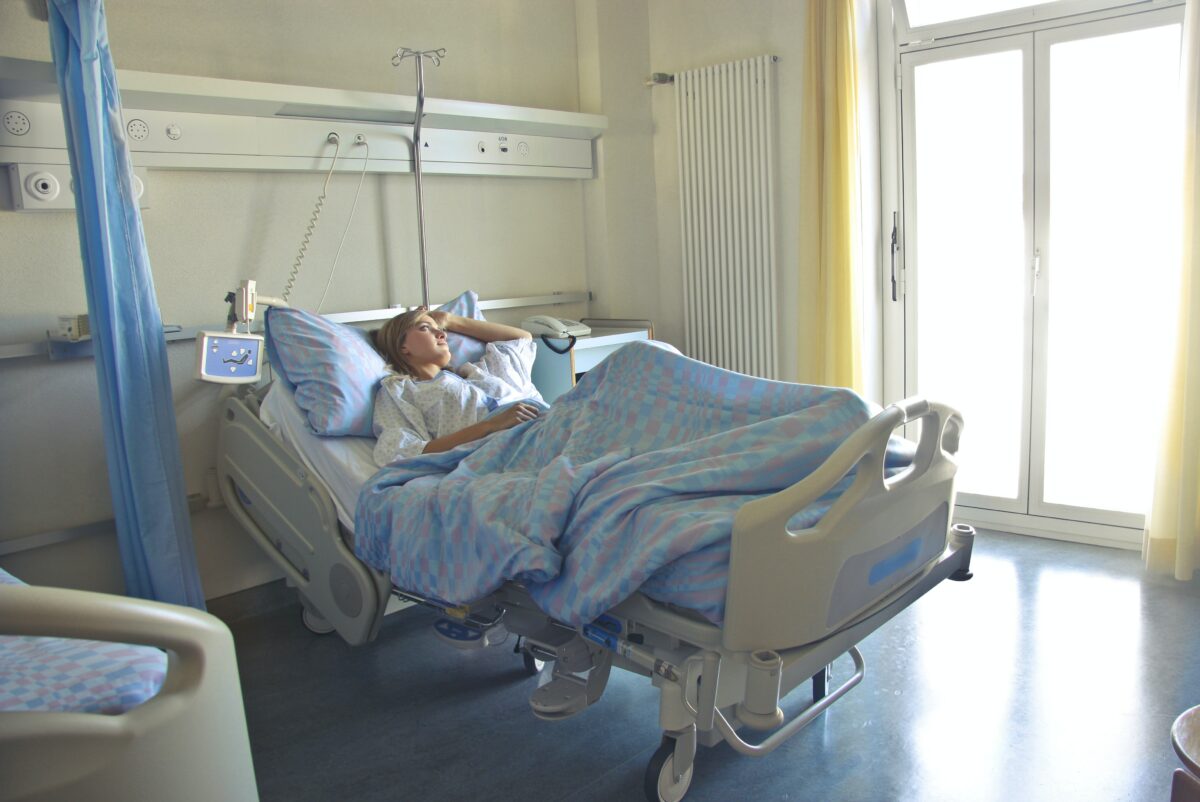A Women’s Health Physical Therapist (WHPT) is a licensed healthcare clinician trained to evaluate and treat neuromuscular conditions related to pregnancy, postpartum, incontinence, and pain. We commit ourselves to learning and caring for women in all phases of life.
PRENATAL/PREGNANCY
Your body is supporting and growing a child. It is essential you are at your best in order to carry to term, deliver, and care for this life. A WHPT understands the needs of women and the changes that occur during pregnancy, labor and delivery, and postpartum. During pregnancy a WHPT can help address the pains associated with your changing body. These include but are not limited to lower back pain, , pelvic pain/pressure, neck/shoulder pain, bladder and bowel issues (leaking, constipation), and abdominal wall concerns (e.g. diastasis recti). Although many attribute these as “normal” conditions, these are issues that are not normal but ARE manageable and treatable! A women’s health specialist can improve your quality of life through the pregnancy, prepare you for delivery, and prepare you to care for your new baby postpartum
POSTPARTUM
You have taken care of yourself to deliver your baby. Now, let’s talk about how to take care of you! Your body has changed over the last 9 months and will continue to change over the next 6-18 months. While many physical changes are very common after pregnancy and delivery (for example, leaking urine), they are not normal and you do not have to live with them! Urinary incontinence (leaking urine for any reason) is considered normal for 2 weeks after delivery, as well as some pelvic heaviness and pressure (prolapse).
If these problems persist after 2 weeks, a WHPT can help with exercises and lifestyle/behavioral modifications to reduce and potentially reverse your issues. They can also help with the aches and pains associated with childcare activities including: neck and back pain, wrist and hand pain, prolonged or painful postures, and/or numbness and tingling in arms, legs, or pelvic area. Other issues that can occur are diastasis recti (separation of abdominal muscle), swelling in the legs or pelvis, and pelvic pain with vaginal penetration. It is important to address these problems early so you may return to your previous activity level and care for your baby without interference or pain.
© WKU {2022} All rights reserved.
